Evolution Roundup
Evidence suggests that an ancestor of modern humans both walked upright and climbed trees.

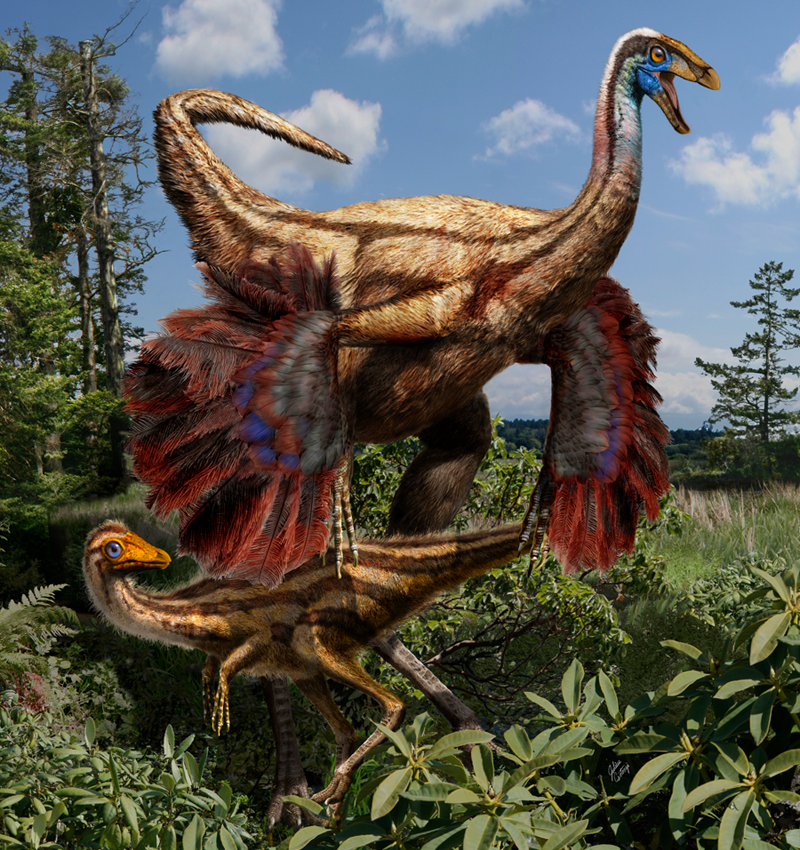
Evidence suggests that an ancestor of modern humans both walked upright and climbed trees.
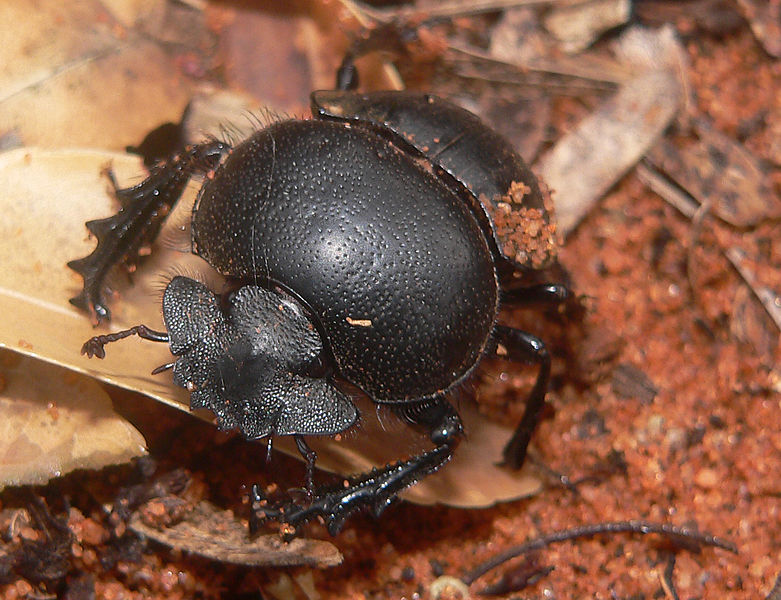
Dung beetles use balls of fecal matter not only for food and reproduction, but for cooling as well.
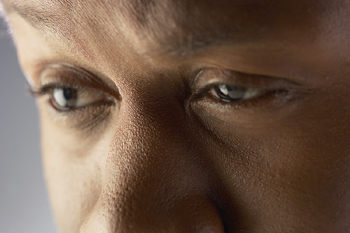
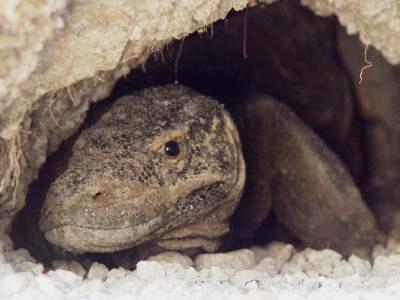
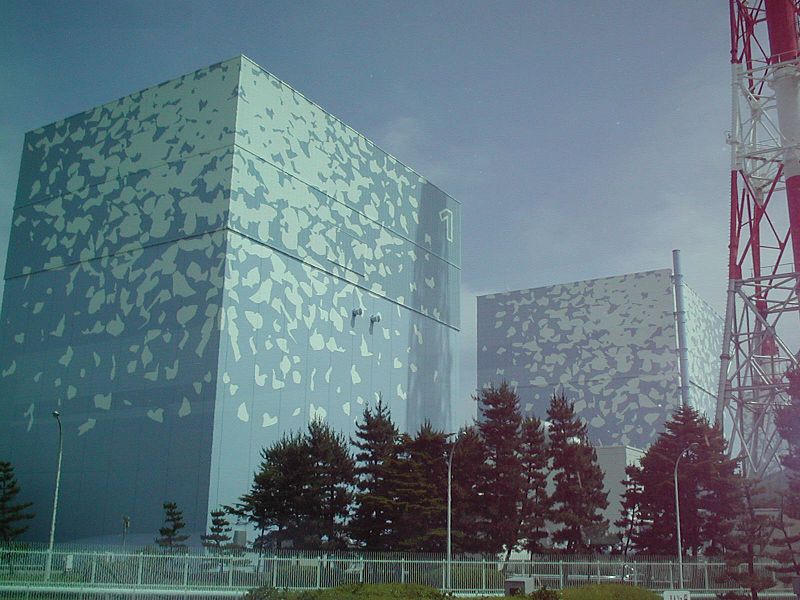
Children in the classic “Stanford Marshmallow Study” may have been more strategic than we thought.
Cosmic rays called muons could help detect uranium in damaged Japanese nuclear reactors.
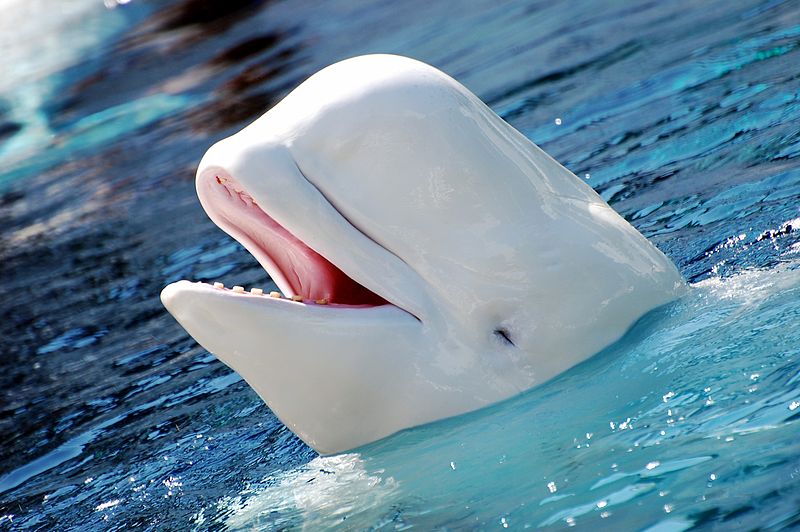

Cells from amniotic fluid can be reprogrammed more stably than traditional stem cells.



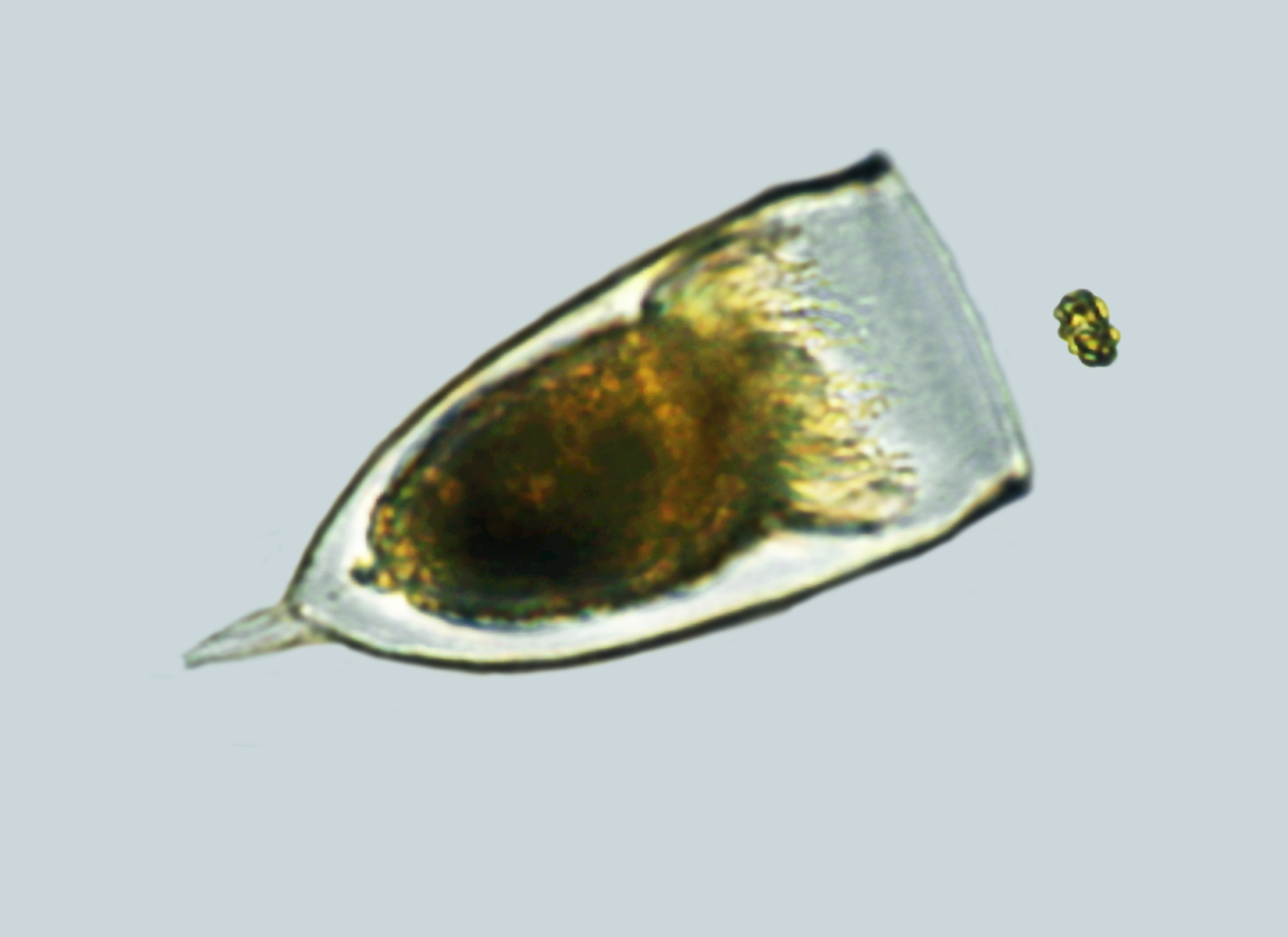
Scientists report that plant-like organisms called phytoplankton flee their predators just like animals do.
Researchers are developing temporary electronic implants that can be absorbed by the body.

A computer game that familiarizes blind people with the layout of a virtual building makes it easier to navigate the real thing.
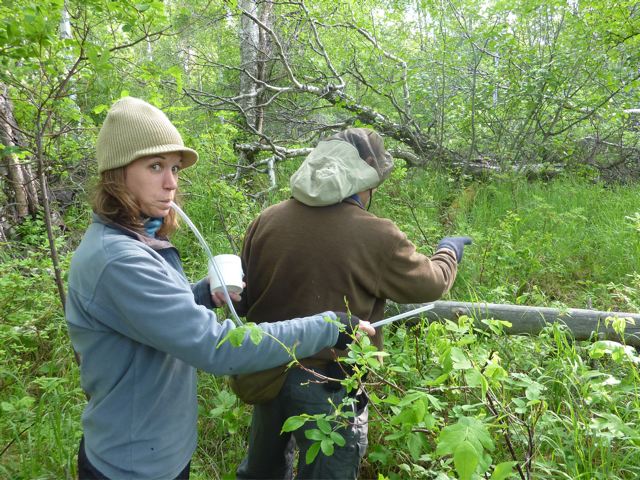
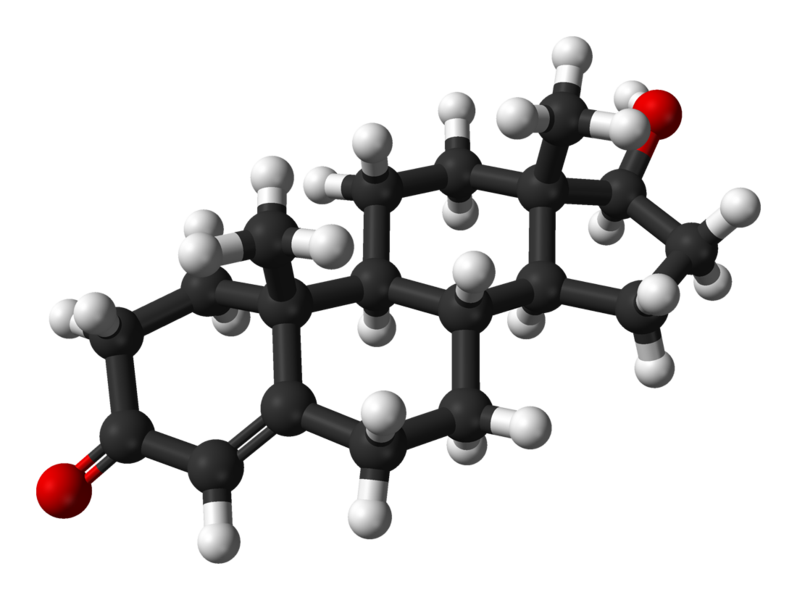
Over several centuries in Imperial Korea, eunuchs far outlived their non-castrated counterparts.

When worker bees and nurse bees switch roles, their brains get a genetic re-boot.
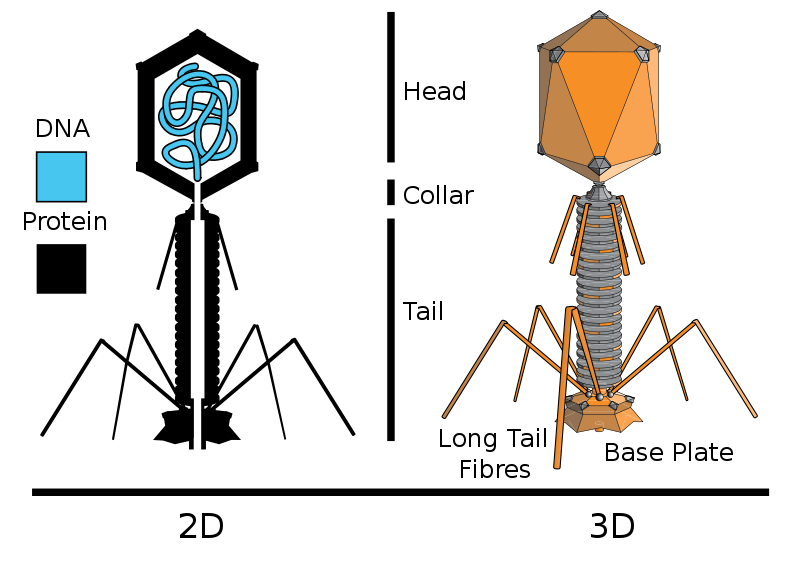
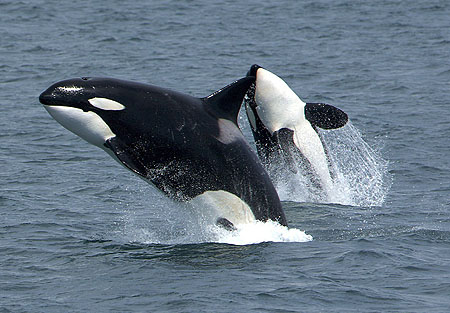
Killer whale moms live long past menopause, apparently to support and protect their adult sons.
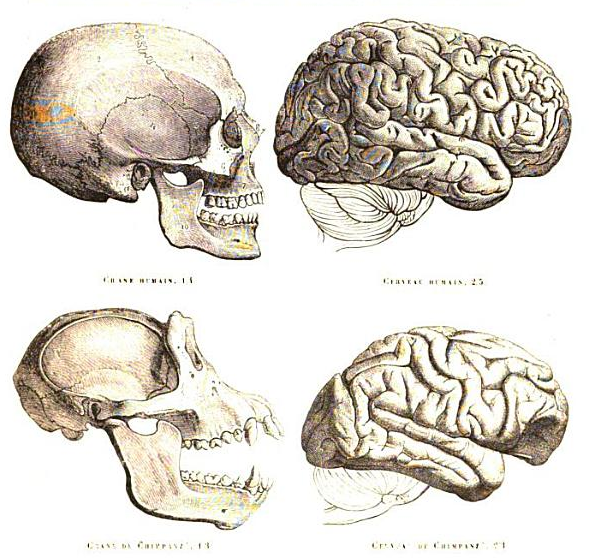
The insulation surrounding nerves develops more quickly in chimpanzees than in humans.
